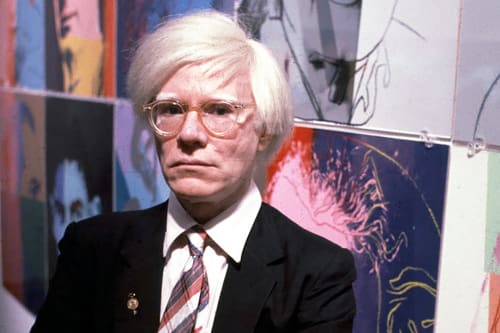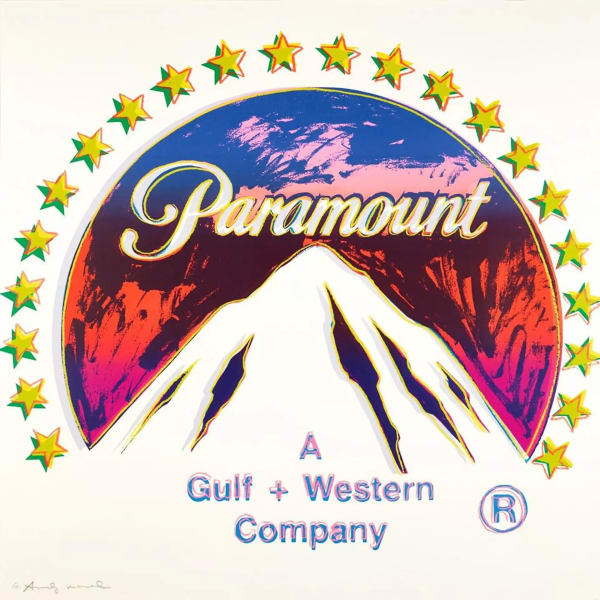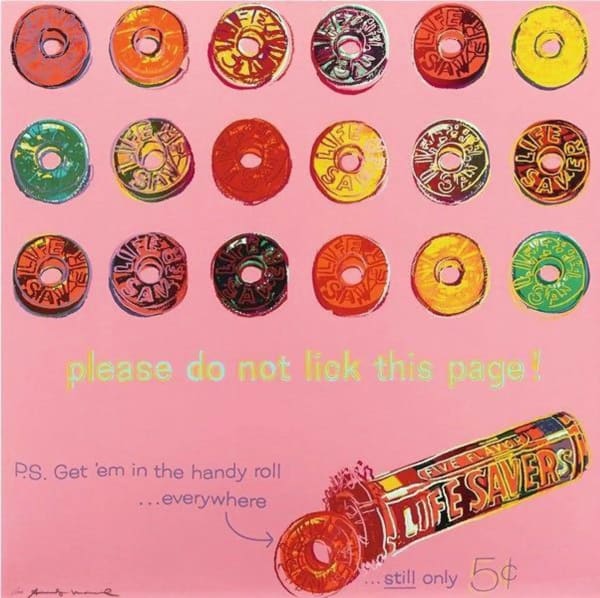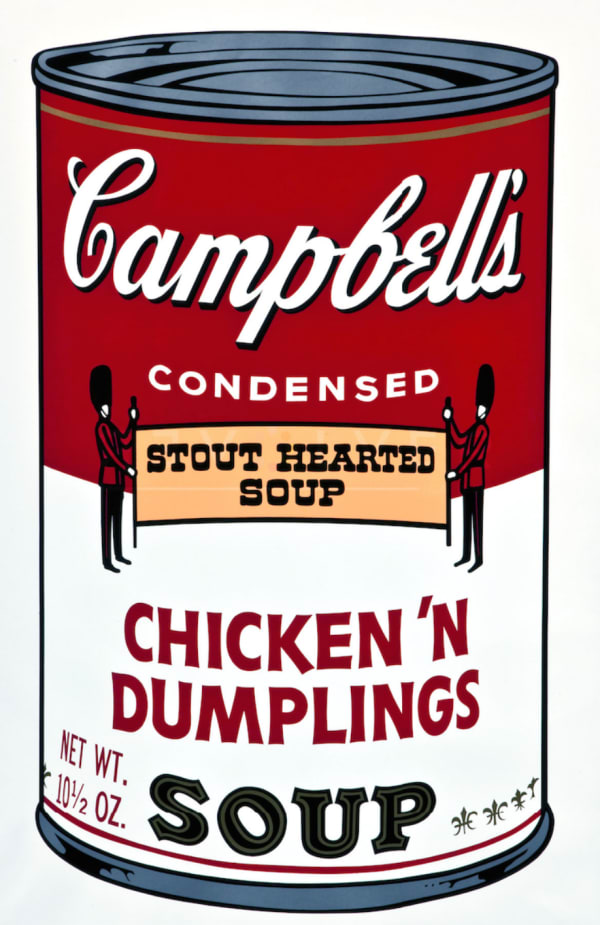Building a strong Andy Warhol collection requires discipline and an understanding of which bodies of work offer both cultural significance and reliable market performance. While Warhol’s output is vast, several categories have consistently demonstrated depth, liquidity, and long-term demand. A strategic approach includes small Flower paintings, Marilyn, Cowboys and Indians, Endangered Species, Ads, and the Soup Can prints—a combination that forms a balanced, credible, and resilient Warhol portfolio.
Small Flowers: High Liquidity and Broad Appeal
Warhol’s small Flowers remain one of the most accessible and liquid entry points. Their compact scale attracts a wide buyer base, and the imagery is instantly recognisable. These works also benefit from strong comparables, steady auction behaviour, and an aesthetic that fits easily in both contemporary and traditional interiors. As a foundational asset, a small Flower offers stability and consistent resale confidence.
Marilyn: The Essential Blue-Chip Anchor
A Marilyn is the centrepiece of any serious Warhol collection. The market for Marilyn remains one of the most reliable within Warhol’s print and painting categories, backed by decades of strong auction performance and global recognition. The subject appeals to seasoned collectors, new buyers, institutions, and corporate clients alike, making it one of the most durable and liquid Warhol images. From an investment perspective, Marilyn functions as a long-term store of value and a benchmark for the broader Warhol market.
Soup Can Prints: The Core of Early Pop
The Soup Can prints are essential to representing Warhol’s early 1960s revolution in Pop Art. They encapsulate his shift from hand-painted imagery to serial, mechanical reproduction—arguably the defining step of his career. Soup Cans are consistently traded, carry deep historical significance, and remain highly recognisable even for non-specialist audiences. For investors, they provide exposure to the most academically important phase of Warhol’s practice, with steady international demand.
Cowboys and Indians: Diversification With Institutional Backing
The Cowboys and Indians series introduces a late-career dimension to a Warhol collection. The works explore American identity and cultural mythmaking, and they have become a staple of museum exhibitions dealing with national iconography. Market interest in Sitting Bull, Annie Oakley, and John Wayne remains strong, with predictable mid- to upper-range performance. Adding a work from this series diversifies the collection while maintaining alignment with categories supported by institutions and seasoned collectors.
Endangered Species: Impactful, Consistent, and Globally Relevant
The Endangered Species series—sometimes referred to as “Animals in Makeup”—offers a strong combination of visual impact, social relevance, and market reliability. Featuring subjects such as the African Elephant, Tiger, and Bald Eagle, the series appeals to collectors across regions and collecting backgrounds. It benefits from strong museum visibility and a clear thematic resonance with contemporary ecological conversations. The works have shown upward momentum over the past decade and serve as a compelling mid- to high-range investment category.
Ads Series: Corporate Iconography With Wide Buyer Demand
Warhol’s Ads portfolio brings commercial branding and consumer culture into the collection. Works such as Chanel, Volkswagen, and Mobil remain popular because of their direct, graphic quality and broad decorative appeal. These prints are highly liquid, easy to place, and function well alongside more iconic Warhol subjects. From an investment standpoint, the Ads series offers steady turnover and predictable valuations.
A Cohesive, Investment-Focused Warhol Portfolio
A collection built around small Flowers, Marilyn, Soup Cans, Cowboys and Indians, Endangered Species, and the Ads series captures core themes of Warhol’s practice—beauty, celebrity, consumerism, national identity, ecological commentary, and branding. More importantly, it diversifies across early, mid, and late career periods while focusing exclusively on categories with consistent demand, strong comparables, global recognition, and long-term market resilience.
For collectors prioritising both cultural depth and investment performance, this structure forms a clear, balanced, and future-proof Warhol portfolio.













